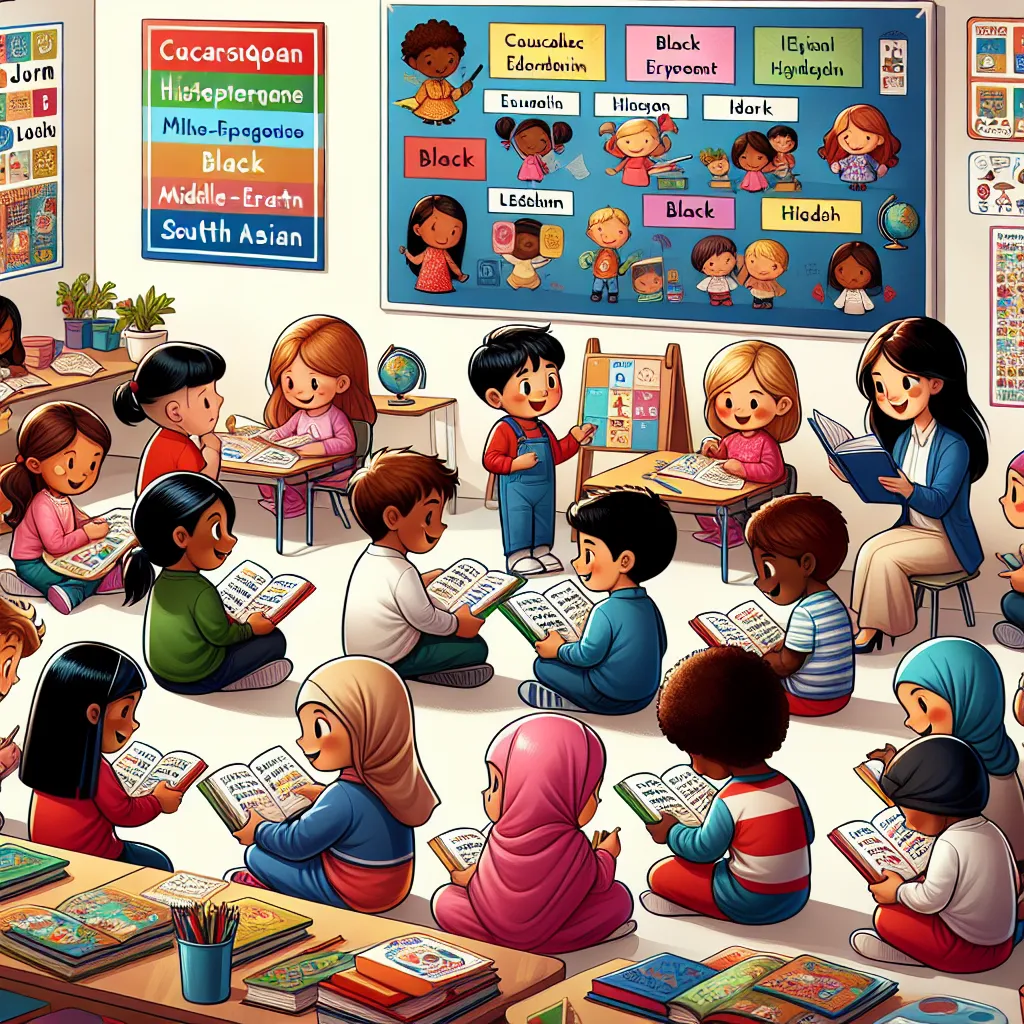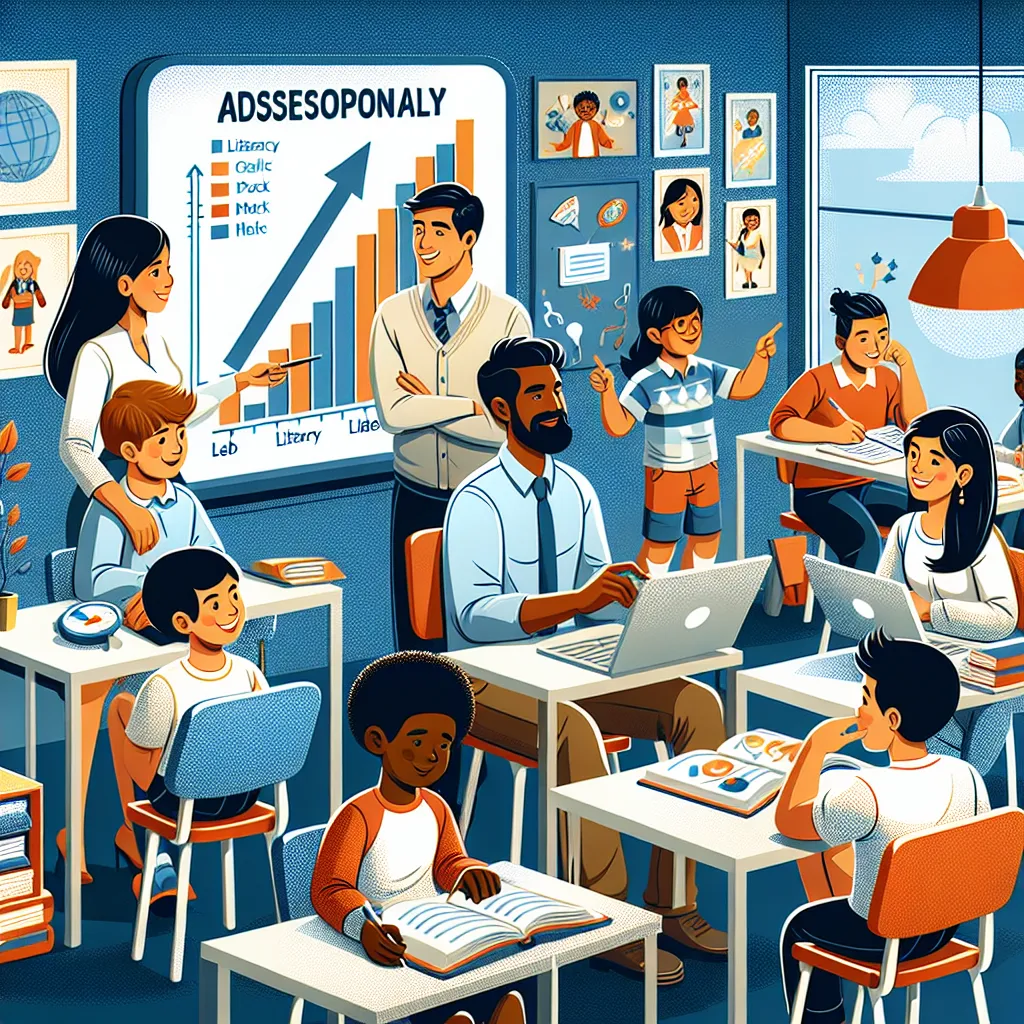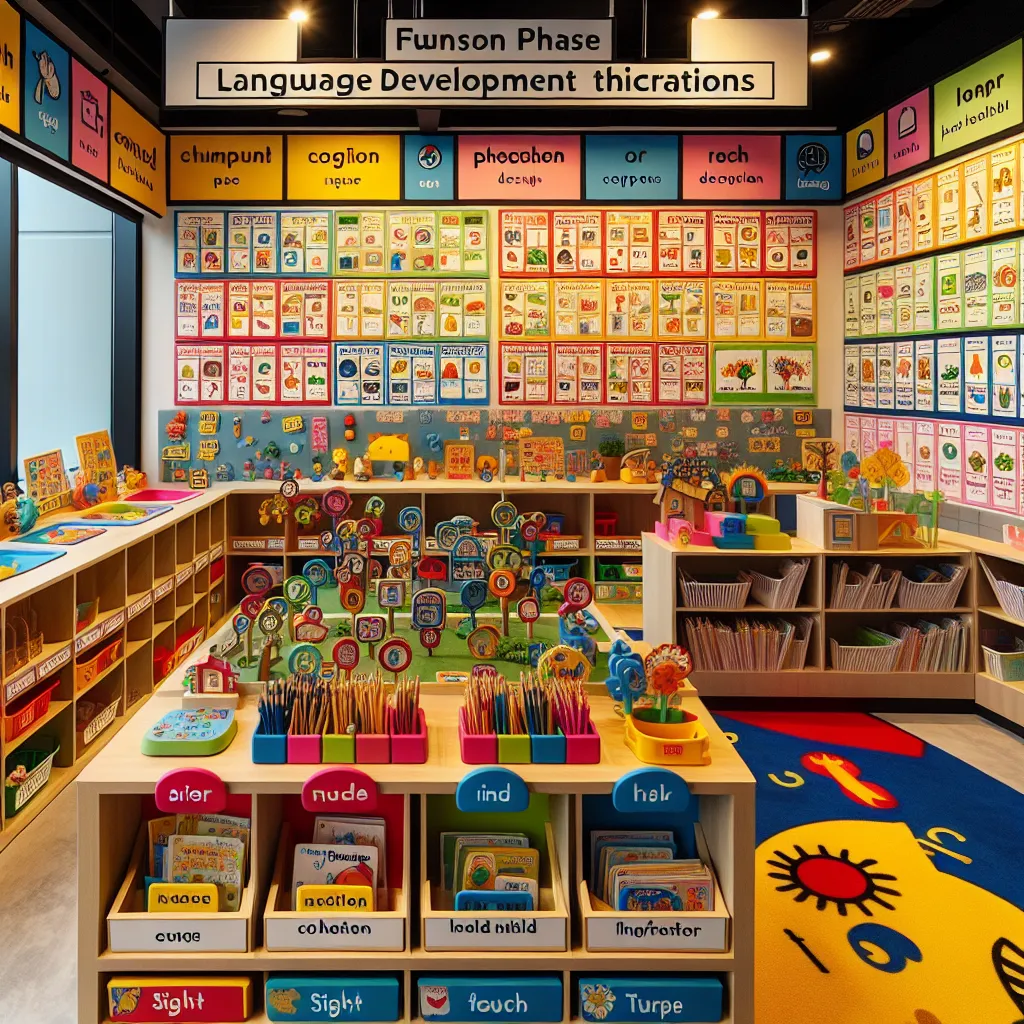Ask AI on The Internet
Question: ASSIGNMENT/ ASSESSMENT 04 Essay-type questions NB: This assignment is COMPULSORY for all students registered for this module. Assignment 04 comprises essay-type questions. These questions are designed to help you work through study unit 3 and 4 of your online study guide. Question [40] 1.1 Learning to read and write are both social and cognitive endeavours. Children learn from parents, siblings, teachers and their peers. They copy what they see from these knowledgeable others and also make their own sense of the written words. Allow children to scribble around and read their scribbles to you. Based on the above excerpt, answer the following questions: 1.1a. Justify why reading is regarded as essential for children’s social and cognitive development. (10) 1.1b. Demonstrate your understanding of why reading and writing are regarded as inseparable components of literacy development. (10) 1.3 Differentiate between shared reading and independent reading. (10) 1.4 Describe effective ways that a foundation phase teacher should follow during reading aloud strategy. (10) Question 2 [40] 2.1 The language experience approach highlights the importance of children’s experiences being brought forward in the classroom and being used as a resource for learning. 6 Language experience approach, like its name, maintains that children learn better when they learn from their own experiences. Based on this statement, discuss steps that a teacher can take to record an experience as suggested by Gunning & Oxford (2014). (10) 2.2 Demonstrate your understanding of dexterity and prehension. (10) 2.3 Argue the role played by conceptual knowledge in the development of emergent writing. (10) Question 3 [20] 3.1 List the developmental stages of writing and discuss the first stage. (10) 3.2 Discuss the roles of the foundation phase teacher in promoting emergent writing. (10) 3.3 Demonstrate your understanding on the use of play as a strategies to build children’s love for writing. (10) TOTAL: 100 MARK
When tackling the assignment, it's essential to break down each question to ensure comprehensive and structured responses. Below are some guidelines and suggestions to help you formulate your answers effectively. --- ### Question 1.1a: Justifying the Importance of Reading for Social and Cognitive Development (10 Marks) In your response, consider the following points: 1. **Cognitive Development**: Reading enhances vocabulary, comprehension skills, critical thinking, and imagination. Explain how stories and texts provide children with different scenarios that improve their ability to think abstractly and solve problems. 2. **Social Development**: Reading introduces children to various cultures, experiences, and social scenarios, fostering empathy and social understanding. Discuss how engaging with characters and stories helps children understand social norms and relationships. 3. **Brain Development**: Mention how exposure to language through reading stimulates neural connections in the brain related to language and literacy. 4. **Emotional Growth**: Reading allows children to explore different emotions and cope with their feelings through identification with characters. 5. **Copying Behaviors**: Elaborate on Vygotsky’s theory of social development, which posits that children learn from their social interactions with knowledgeable others, which directly relates to the given text about children learning from parents, siblings, and peers. --- ### Question 1.1b: Reading and Writing as Inseparable Components of Literacy Development (10 Marks) 1. **Interconnected Skills**: Explain how both activities are essential for understanding and producing language. 2. **Reinforcement of Skills**: Discuss how reading and writing reinforce each other. For example, understanding sentence structure and vocabulary through reading can enhance writing skills. 3. **Cognitive Link**: Describe how writing about what they read helps children process and internalize information. 4. **Expression and Feedback**: Emphasize how writing allows children to express their interpretations of what they read, and how this promotes deeper understanding. 5. **Literacy Environment**: Explain the importance of providing a literacy-rich environment where reading and writing are integrated into daily activities. --- ### Question 1.3: Differentiating Shared Reading and Independent Reading (10 Marks) 1. **Shared Reading**: Describe shared reading as a collaborative activity where a teacher or caregiver reads aloud and engages children in the text. - Interaction: High interaction level, with questions, discussions, and predictions. - Support: Scaffolding is provided to aid comprehension. 2. **Independent Reading**: Define independent reading as when children read on their own. - Autonomy: Emphasis on building self-reliance and fostering a love for reading. - Choice: Children choose their own books, promoting engagement based on personal interests. 3. **Benefits of Both**: Briefly outline the benefits of both types of reading, underscoring that shared reading introduces new vocabulary and concepts, while independent reading builds fluency and confidence. --- ### Question 1.4: Effective Strategies for Reading Aloud (10 Marks) 1. **Preparation**: Choose age-appropriate and engaging books. 2. **Engagement**: Use expressive voice and gestures to capture attention. 3. **Interactive Techniques**: Ask predictive and comprehension questions. 4. **Connecting to the Text**: Relate the story to the children's own experiences. 5. **Modeling Enjoyment**: Show enthusiasm to foster a love for reading. --- ### Question 2.1: Steps for Implementing the Language Experience Approach (10 Marks) 1. **Experience**: Engage the children in a common activity or discussion. 2. **Discussion**: Have an open dialogue about the experience. 3. **Dictation**: Scribe children’s words about the activity. 4. **Reading the Text**: Read back the written account to the children. 5. **Activities**: Use the text for various literacy activities like word recognition, rereading, and writing. --- ### Question 2.2: Understanding Dexterity and Prehension (10 Marks) 1. **Dexterity**: The skillful use of hands and fingers. Examples include finger painting and using tweezers. 2. **Prehension**: The action of grasping objects using hands or fingers. Discuss how tasks like holding pencils or cutting with scissors develop this skill. --- ### Question 2.3: Conceptual Knowledge in Emergent Writing (10 Marks) 1. **Importance**: Describe how understanding concepts like directionality, letter sounds, and word spacing are foundational. 2. **Application**: Give examples of activities that develop conceptual knowledge, such as letter games and word sorting. --- ### Question 3.1: Developmental Stages of Writing and the First Stage (10 Marks) 1. **Stages**: List stages from scribbling, mock letters, letter strings, and so on. 2. **First Stage – Scribbling**: Explain this stage where children make random marks on paper, and its significance for developing motor skills and understanding that writing conveys meaning. --- ### Question 3.2: Roles of a Foundation Phase Teacher in Promoting Emergent Writing (10 Marks) 1. **Environment**: Provide a print-rich environment. 2. **Modeling**: Demonstrate writing activities. 3. **Encouragement**: Positively reinforce all attempts at writing. 4. **Resources**: Offer diverse writing materials. --- ### Question 3.3: Using Play to Promote Writing (10 Marks) 1. **Play-Based Learning**: Activities like post office play, where children write letters. 2. **Incorporating Writing**: Include writing in various play scenarios (e.g., creating menus in a play restaurant). 3. **Role-Playing**: Encourage imaginative play that involves writing-related tasks. --- By addressing all these points clearly and systematically, you can construct well-rounded answers that fully respond to each question's requirements. Good luck with your assignment!
Think your answer is better than the AI's? Post it below.
Other Most Relevant Posts:
 # Assignment 04: Essay Questions
## Q1: The Importance of Reading for Children's Development
## Q2a: The Connection Between Reading and Writing
## Q1.3: Shared Reading vs Independent Reading
# Assignment 04: Essay Questions
## Q1: The Importance of Reading for Children's Development
## Q2a: The Connection Between Reading and Writing
## Q1.3: Shared Reading vs Independent Reading
 1. Importance of Reading in Child Development
2. Reading and Writing in Literacy
3. Shared vs Independent Reading
4. Reading Aloud Strategies for Teachers
5. Recording Children's Experiences
6. D
1. Importance of Reading in Child Development
2. Reading and Writing in Literacy
3. Shared vs Independent Reading
4. Reading Aloud Strategies for Teachers
5. Recording Children's Experiences
6. D
Question Tags
If you want your question answered by an AI, click here.





Post your own comment: